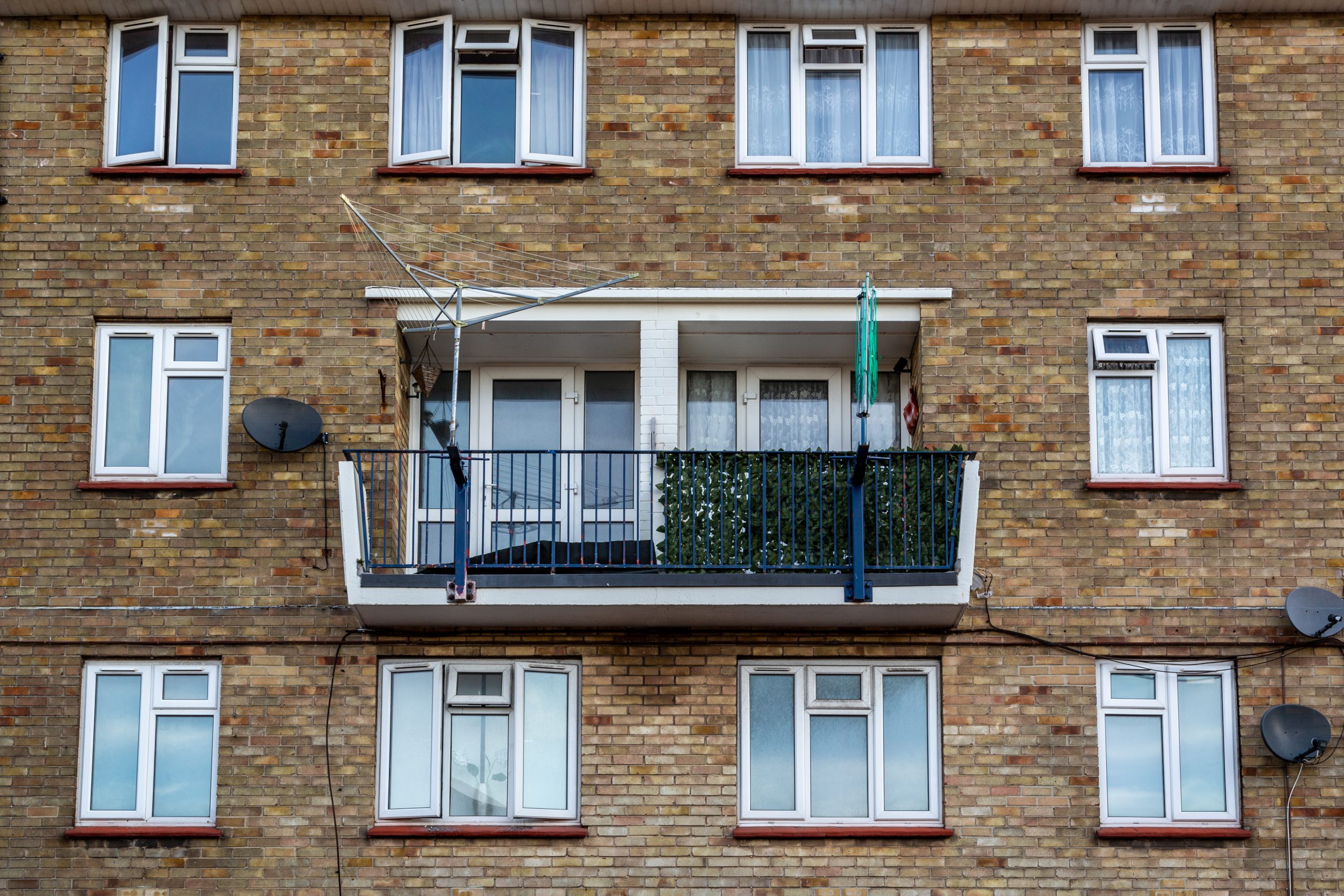The Skilled Worker visa is often considered a “golden ticket” for individuals seeking to live and work in the UK under sponsorship from an employer. After five years, visa holders can even apply for settlement. However, this visa also comes with certain conditions and restrictions. One of the limitations is on undertaking additional work.

Previously, under the Skilled Worker visa route, individuals could take on work outside their sponsored employment, but only to a limited extent – for a maximum of 20 hours per week. They would also have to meet the following conditions:
- The additional work must be in the same occupation code and at the same level as the job stated on their Certificate of Sponsorship; or
- It must fall under the Shortage Occupation List.
Therefore, it was often challenging for most skilled worker visa holders to meet these conditions if they wished to start a side business.
Now, we are pleased to see new changes. The Home Office has removed the restriction on the type of additional job. According to the latest guidance for the Skilled Worker visa, despite the 20-hour limit, visa holders are no longer required to meet the same job category nor the shortage job category rules. They can now work in other jobs or even start their own businesses, as long as the job matches a qualifying occupation code listed on the Home Office website.
These changes provide skilled worker visa holders with greater flexibility in their employment options, and we welcome them.
Should you wish to learn more about the skilled worker visa or apply for one, please do not hesitate to contact Lisa’s Law. Our experienced solicitors will be happy to assist you.
Have questions? Get in touch today!
Call us on 020 7928 0276, phone calls are operating as usual and we will be taking calls from 9:30am to 6:00pm.
Email us on info@lisaslaw.co.uk.
Use the Ask Lisa function on our website. Simply enter your details and leave a message, we will get right back to you: https://lisaslaw.co.uk/ask-question/
For more updates, follow us on our social media platforms! You can find them all on our Linktree right here.























